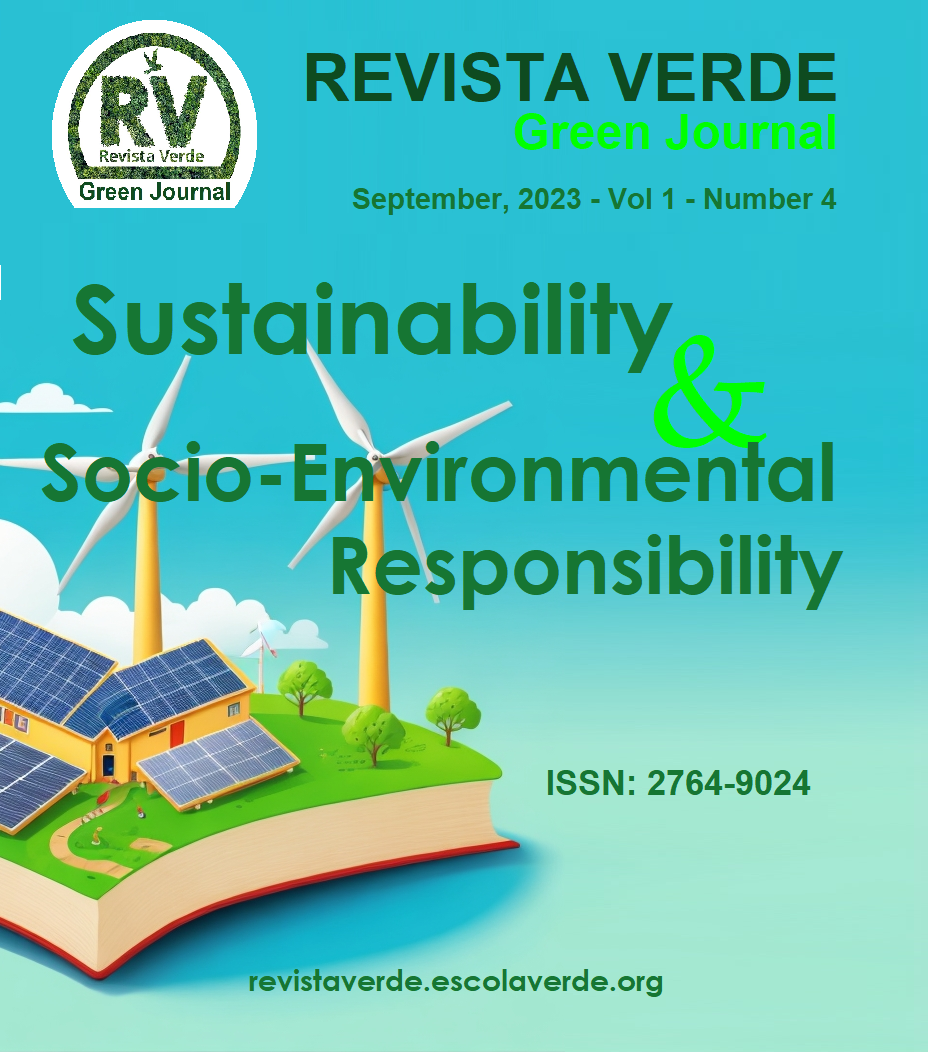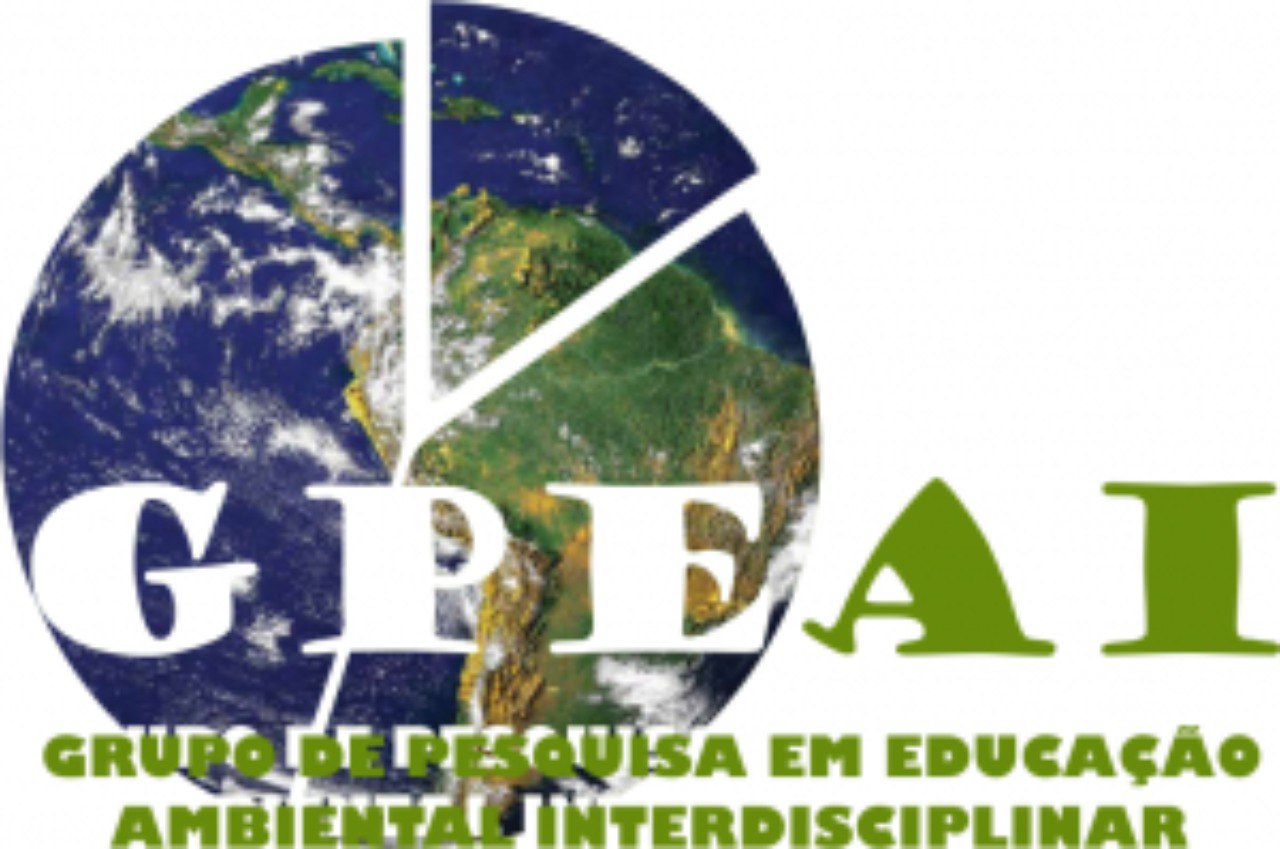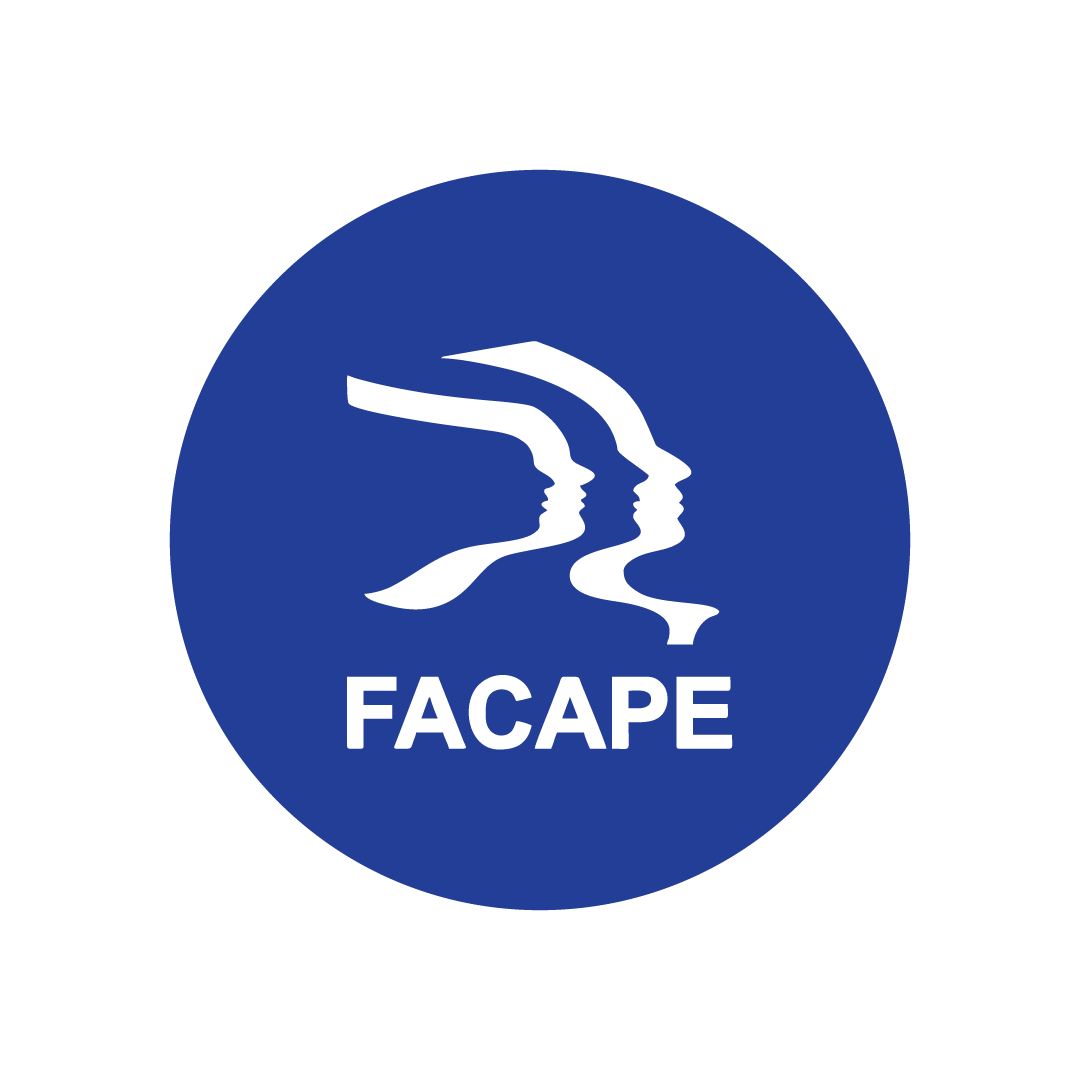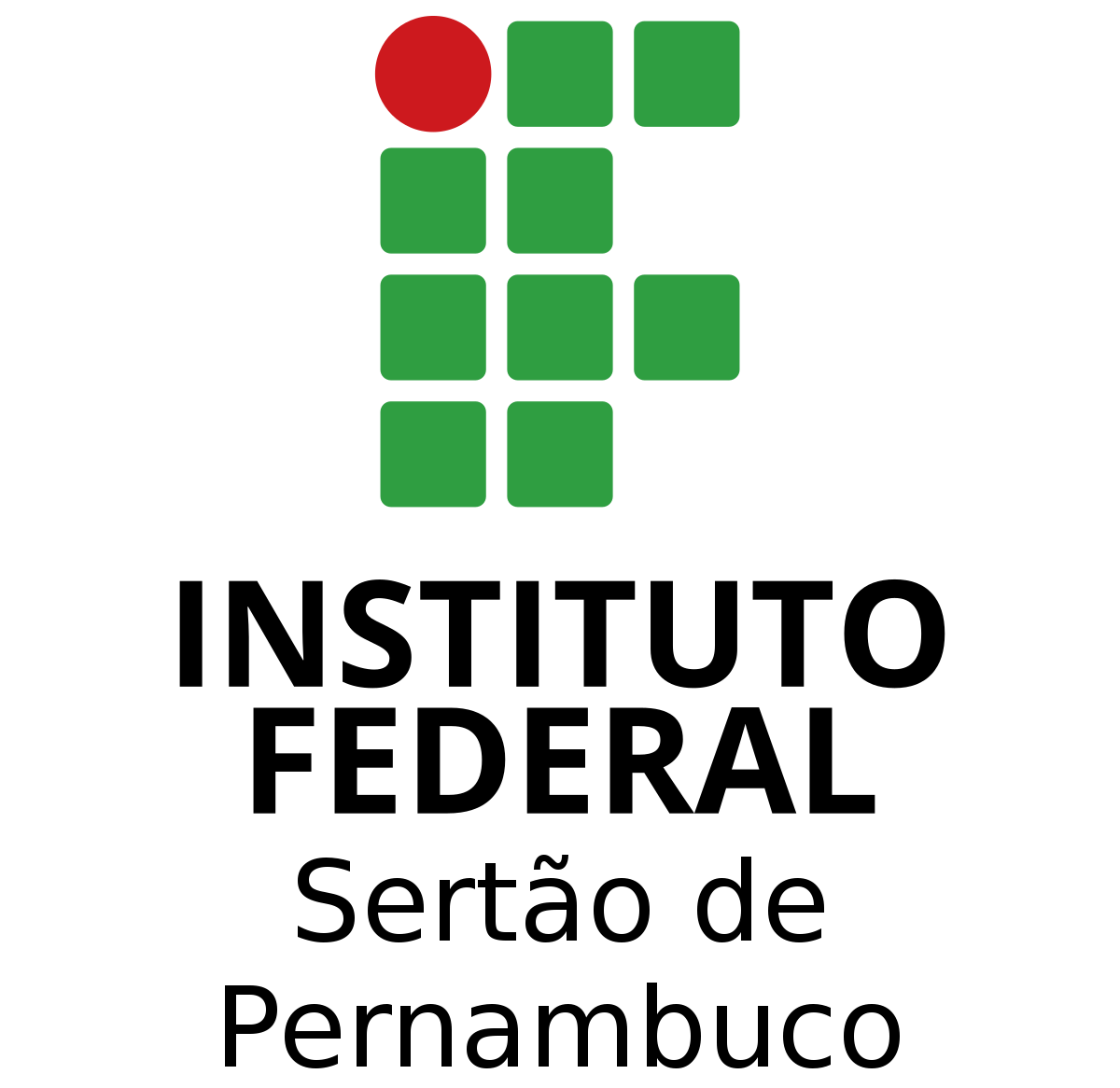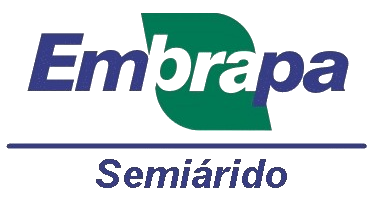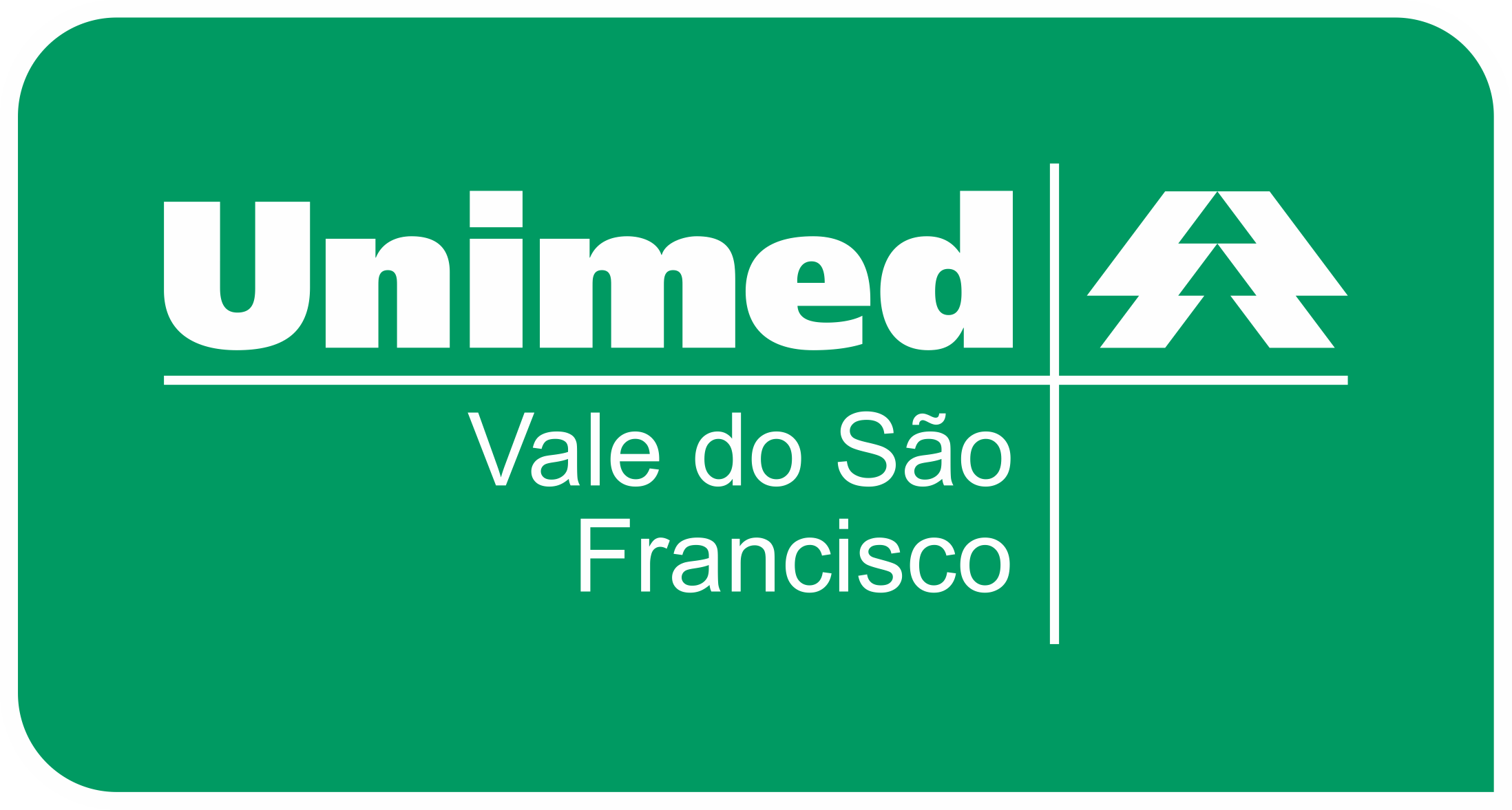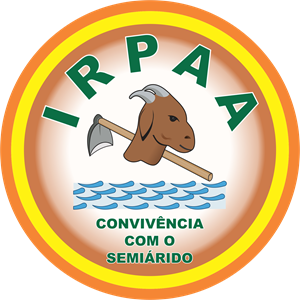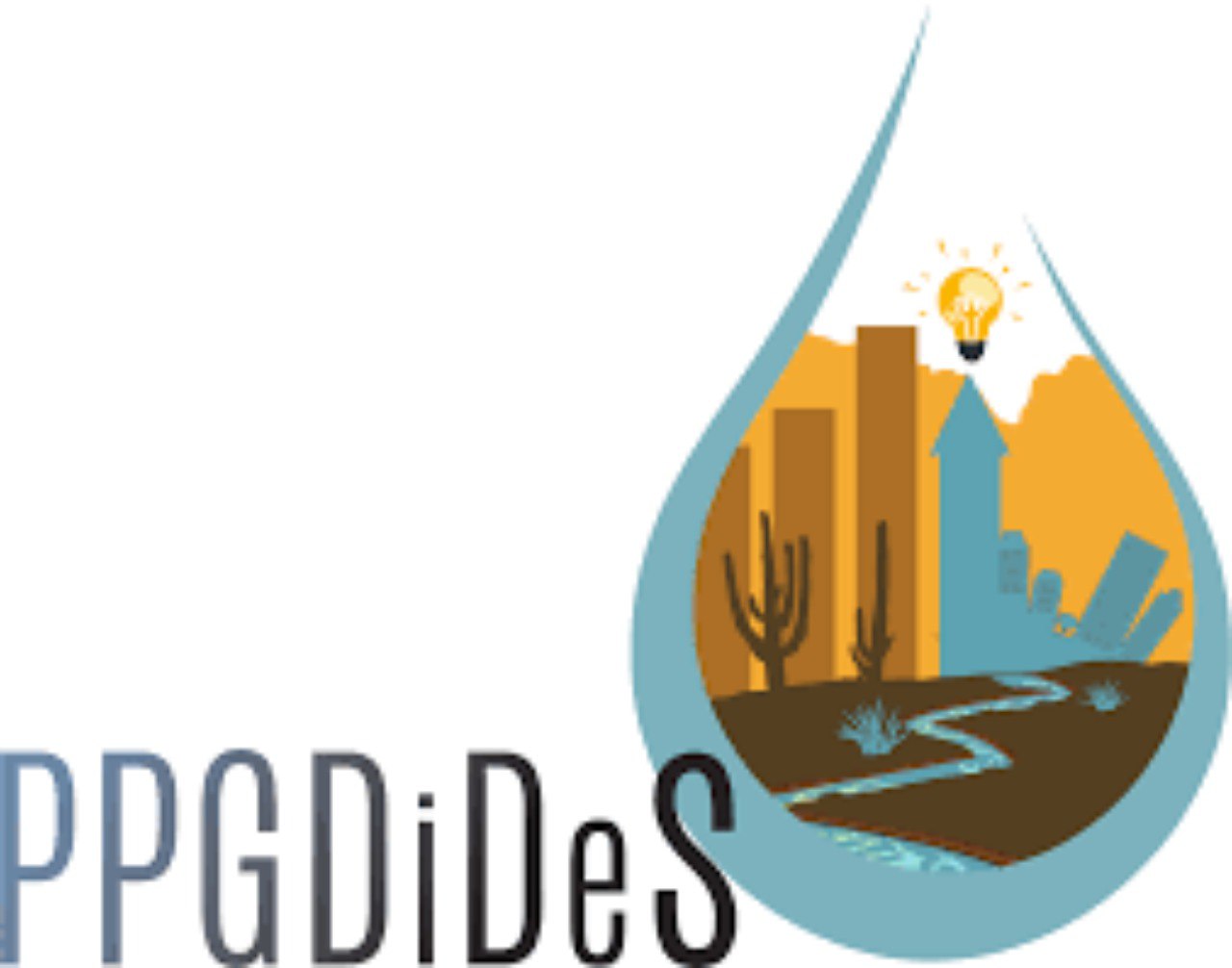DEMAND, RELEVANCE AND POSSIBILITIES TO IMPLEMENT RENEWABLE ENERGY SOURCES IN THE INDUSTRIAL SECTOR OF PARANÁ STATE LOCATED IN SOUTHERN BRAZIL
DOI:
https://doi.org/10.5281/zenodo.8373846Keywords:
Brazil, Industrial Sector, Paraná, Renewable sources, Self-generationAbstract
Brazil is a privileged country with great water resources that allows low-cost and large-scale hydropower generation. However, the Brazilian electricity is highly expensive because of the many taxes and rates. The first option to attend the demand for energy is through thermoelectric generation, completing a scenario where electricity generation sources are centralized and non-diverse. The state of Paraná, located in southern Brazil, has the energy price even higher than the national average. Paraná’s industrial sector is traditionally agro-industrial in contrast with new modern industries implemented in the 1990’s; especially the automobile manufacturing that has been greatly impaired by this high cost. The environmental impacts caused by large hydropower projects, air pollution, depletion of natural resources and the risks of depending on a few sources, reflect the need to rethink this electricity generation system. The objective of this article is to identify demands, interest and possibilities to make the consumption of electricity cheaper, cleaner and more diverse to attend Paraná’s industries through renewable energy sources. It concludes that Self-generation by biomass is the most promising, and it is already widely used by agroindustry. Green energy at Free Market has become increasingly cheaper and it has attracting more and more industries. In addition, there is a lack of specific incentives for small-scale industries. Finally, it notes a scenario of uncertainties for the coming years based on the instability in public policies that favors the maintenance of a traditional path on the development of the Brazilian electricity sector efficiency projects.
Downloads
Downloads
Published
Issue
Section
License
Copyright (c) 2023 Green Journal

This work is licensed under a Creative Commons Attribution-NonCommercial-NoDerivatives 4.0 International License.

